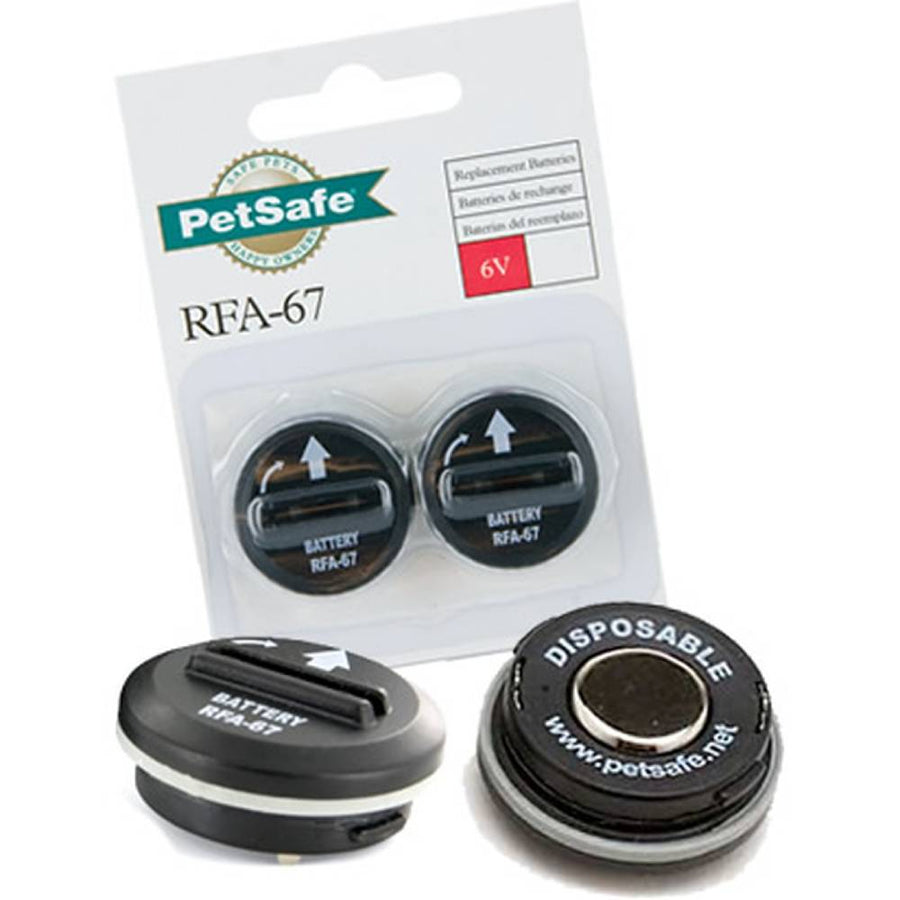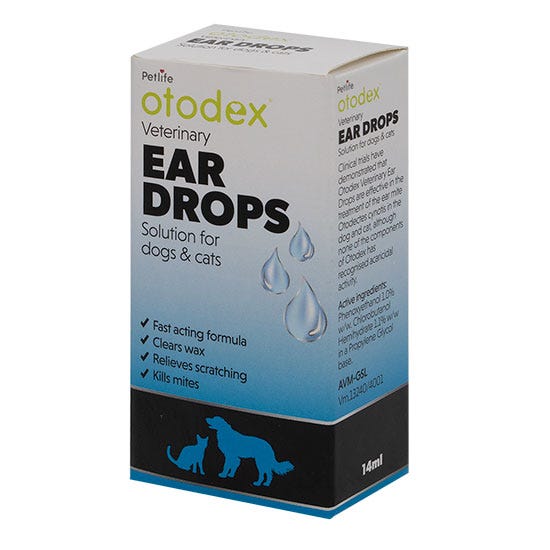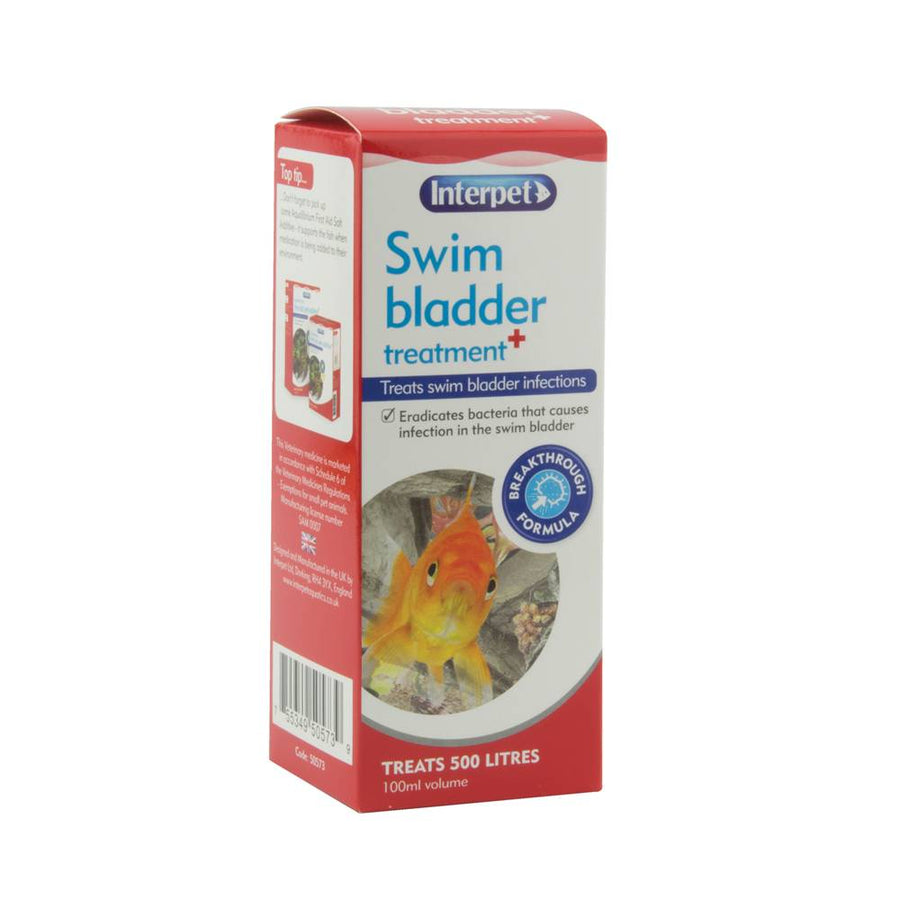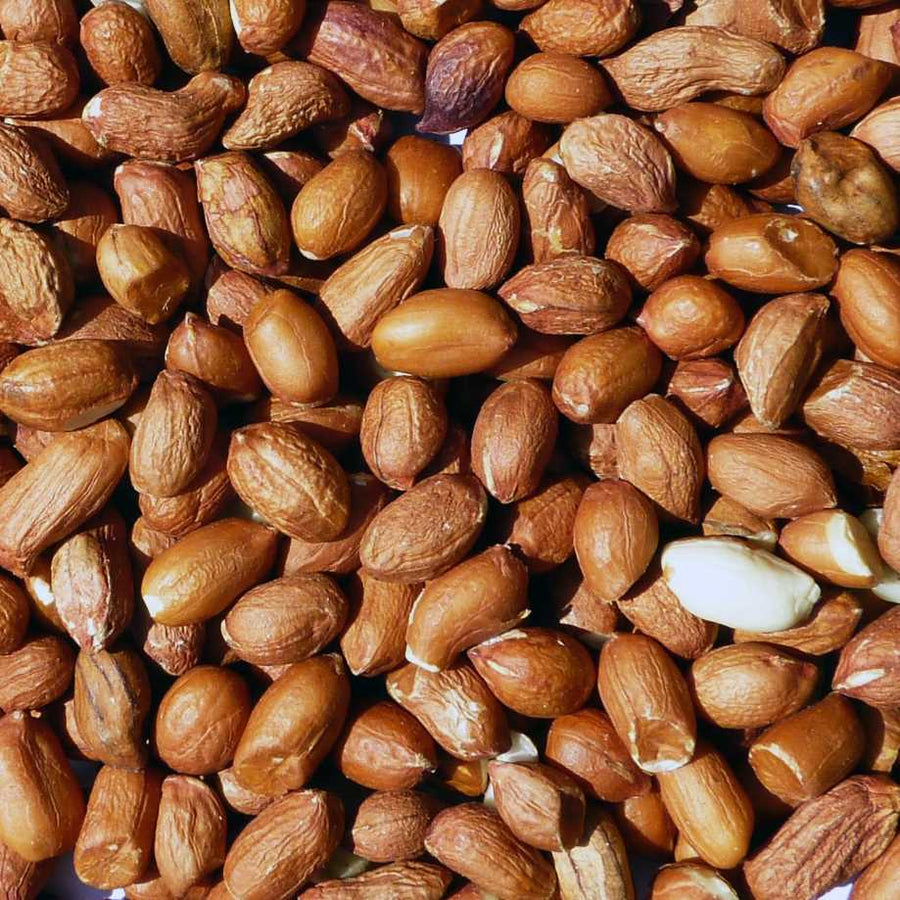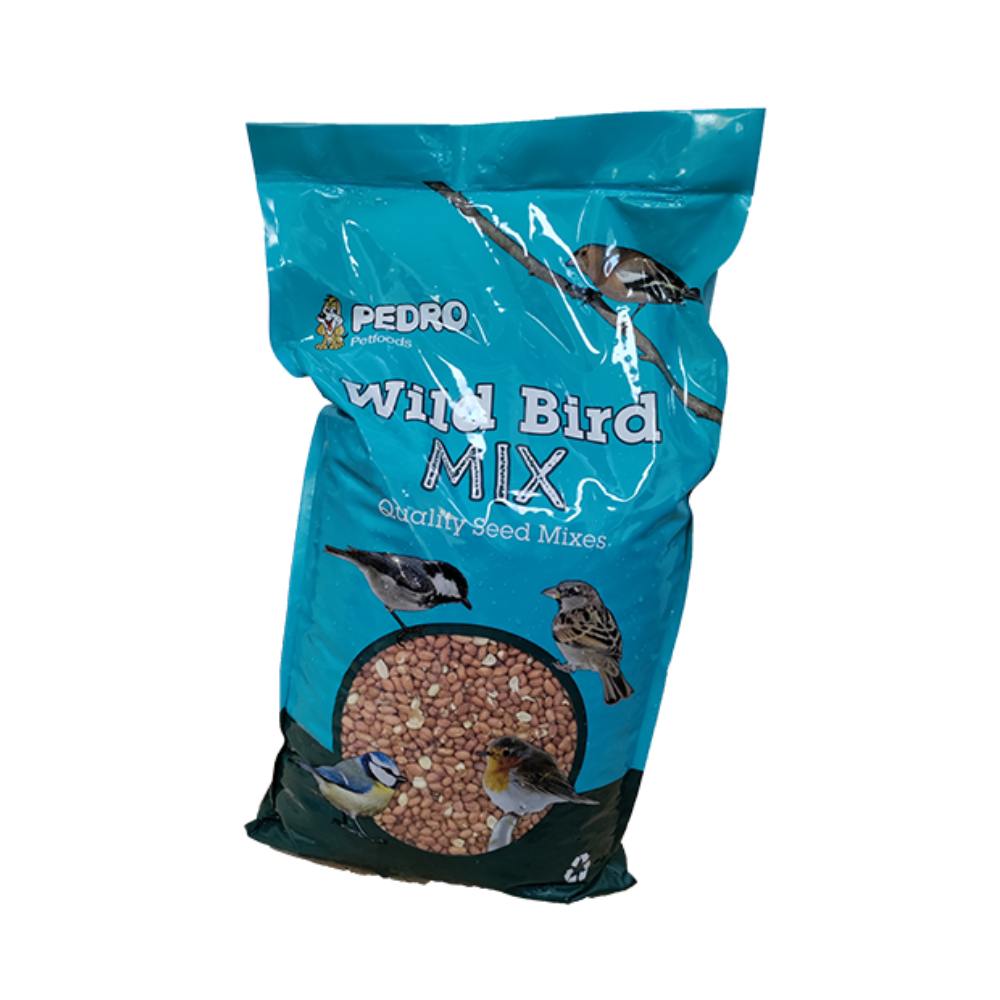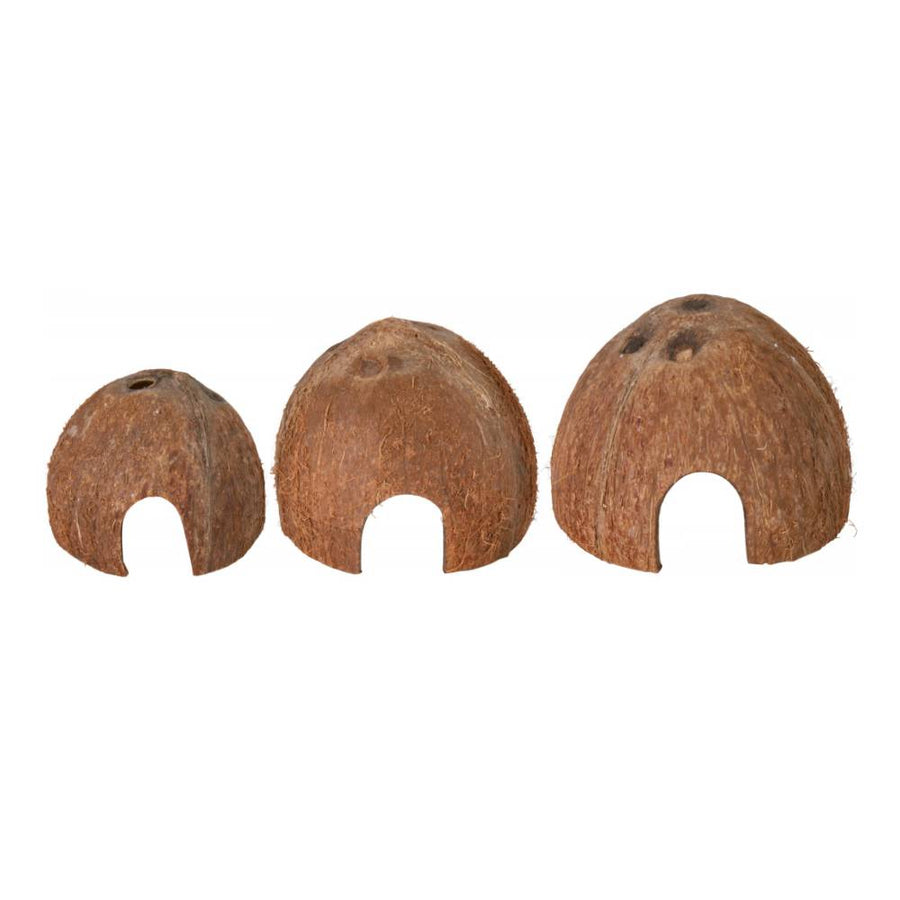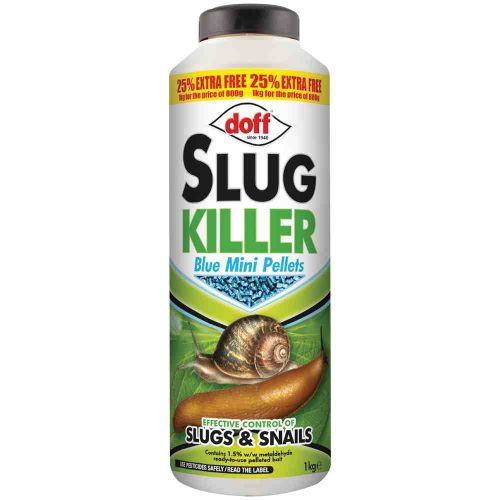About Birds
| Many books and articles promote the virtues of birds being relatively maintenance free pet. Granted, a pair of zebra finches may not require as much time and energy that a dog might, but the maintenance that is required for keeping your bird a happy pet must not be overlooked. |
Some birds, such a Parrots and Cockatiels require a regular time commitment to satisfy their emotional needs. Failure to do so can result in emotional distress leading to behavioural problems, and possibly, disease. You might laugh at the prospect of a bird having emotional problems, but believe me you do not want to be the target of your angry parrot’s aggression. Imagine a two-year-old child throwing a temper tantrum – for 12 hours!
Nutrition
Man cannot live on bread alone. Likewise, bird cannot live on seed alone. While seeds are an important staple to your pet’s diet, they are relatively low in protein and some essential amino acids. Seed should make up about 60% of the diet. The other 40% should consist of protein sources such as egg, cheese, green leafy vegetables (spinach, romaine lettuce) and fruits (no more than 25%). You can supplement your bird’s seed diet with nutritionally balanced pellets and some liquid vitamin added to the water. Fresh water needs to be available for your pet at all times.
Housing
An all metal non-coated cage is the best choice for your bird. He will chew on the bars, as that is part of his play and general lifestyle. A metal cage is easier to keep clean and prohibit infestation of pests. Insects can hide underneath coatings and inside the wooden bars.
Inspect the cage to make sure he cannot place his head between the bars. Size of the cage depends on how large or small the bird, and how many you plan to house in each one. Each one must have sufficient room to stretch out and move around. Some birds will need to get all their flying and exercise INSIDE the cage, others can be let out during the day to exercise outside the cage.
| A slide-out drawer bottom works better than one you have to dismantle the cage to clean out where he has messed. Cover the bottom with newspaper, sand or other similar materials to absorb urine etc. Change about every three days to insure cleanliness and prevent diseases from occurring. Make sure the cage sides have both vertical and horizontal bars. He will want to climb and needs adequate footholds. |
Most cages come with perches. Replace with natural woods or branches (fruit trees, hazelnut, or willow). The more uneven and bumpy the branch, the better for the bird’s feet as it provides exercise for him, and keeps his nails trimmed. The ones with sandpaper have been linked to foot problems. Make certain the wood being used has not been treated with any chemicals before usage. Using branches also provides vitamins for your bird, as he will chew on them often. Replace as needed.
| Another important part of his home furnishings must include cuttlebones. This provides him with calcium and other minerals he needs. He will also need a grit container. The grit acts as “teeth” to help grind up his food. |
Determine if your bird will better benefit from a hanging feeder and water, or heavy containers placed on the cage floor bottom. If using bottom containers, place where droppings will not fall into them.
He may enjoy a small dish of water in his cage for bath time. A small flowerpot saucer works well. Depending on the size of the bird, even jar lids can be used. Place in the cage every few days for about half an hour. Do not leave in the cage all the time. Some birds like to be misted with spray. Try this a few times and see how your bird reacts. Do not mist him on cool days, as he may chill.
The cage should have places where toys can be attached for the bird’s amusement. Mirrors are more important to a solitary bird, but even a cage full will enjoy a mirror. He will enjoy singing and looking at himself. Bells, swings and ladders are other common toys you can purchase for your bird to play with. Don’t neglect this important part of his home, but don’t over-do it either. Too many toys take up his stretching area, and he may not be able to distinguish the separateness of all the items, thus not enjoying each individually as intended.
The pet shop will inform you if your bird needs nesting boxes, or “beds.” You do need to site your cage where the bird gets lots of interaction with the family. A bird that has been “sociable” all along is a better bird for training and enjoyment. Do not house his cage in a room where he will be lonely. Placement of the cage to avoid sudden appearances of anyone coming and going into the room is also recommended. Situate him where he receives some natural light to keep him healthy. Avoid drafty places and excessive heat. Some birds need to have their cages covered at night, others do not. Find out the individual needs of your bird.


